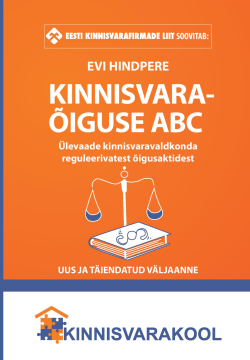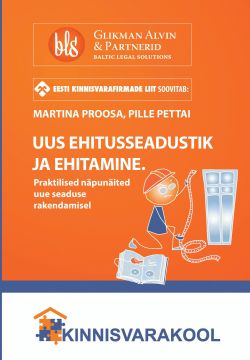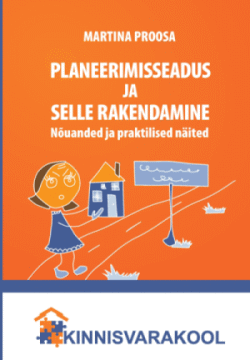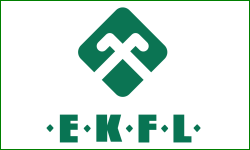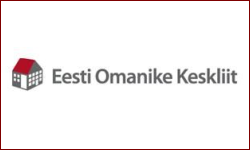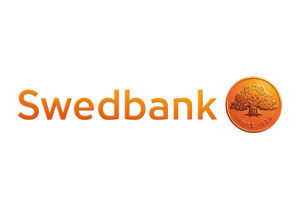 Throughout the summer, the US administration continued to reshape its global relationships. The prevailing uncertainty, together with the higher tariffs, will weigh on global growth ahead. Global manufacturing will struggle to adapt to a new normal, and the outlook for trade remains foggy. The tariffs are expected to harm the US economy the most, while in the euro area, rising domestic demand will help the economy to grow at a decent pace.
Throughout the summer, the US administration continued to reshape its global relationships. The prevailing uncertainty, together with the higher tariffs, will weigh on global growth ahead. Global manufacturing will struggle to adapt to a new normal, and the outlook for trade remains foggy. The tariffs are expected to harm the US economy the most, while in the euro area, rising domestic demand will help the economy to grow at a decent pace.
In the Baltics, growth trends continue to diverge. The Lithuanian economy continued to grow rapidly, while Estonian and Latvian growth disappointed and will be considerably weaker than expected this year – below 1% in both countries. Despite global trade tensions, we expect growth to pick up in all three Baltic countries next year, largely supported by domestic demand.





